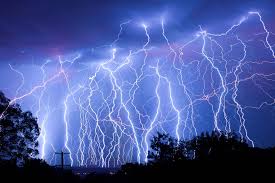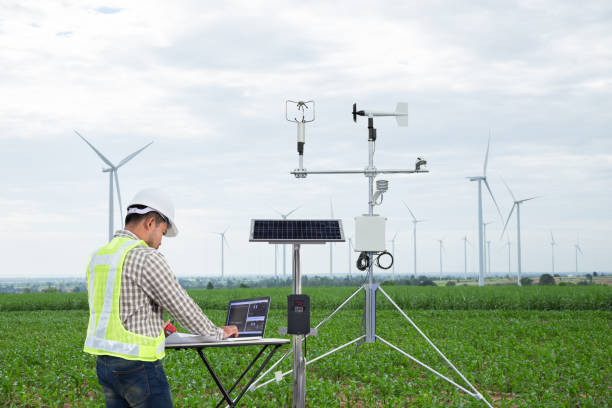Stamp: Centenary Indian Meteorological Department-Meteo Instruments (India 1975)
Centenary Indian Meteorological Department-Meteo Instruments (India 1975)
24 December (India ) within release Indian Meteorological Dept. - 100th year goes into circulation Stamp Centenary Indian Meteorological Department-Meteo Instruments face value 25 Indian paisa
| Stamp Centenary Indian Meteorological Department-Meteo Instruments in catalogues | |
|---|---|
| Michel: | Mi:IN 662 |
| Yvert et Tellier: | Yt:IN 465 |
Stamp is square format.
Stamp Centenary Indian Meteorological Department-Meteo Instruments it reflects the thematic directions:
Meteorology is a branch of the atmospheric sciences (which include atmospheric chemistry and physics) with a major focus on weather forecasting. The study of meteorology dates back millennia, though significant progress in meteorology did not begin until the 18th century. The 19th century saw modest progress in the field after weather observation networks were formed across broad regions. Prior attempts at prediction of weather depended on historical data. It was not until after the elucidation of the laws of physics, and more particularly in the latter half of the 20th century, the development of the computer (allowing for the automated solution of a great many modelling equations) that significant breakthroughs in weather forecasting were achieved. An important branch of weather forecasting is marine weather forecasting as it relates to maritime and coastal safety, in which weather effects also include atmospheric interactions with large bodies of water.
Meteorology is a branch of the atmospheric sciences (which include atmospheric chemistry and physics) with a major focus on weather forecasting. The study of meteorology dates back millennia, though significant progress in meteorology did not begin until the 18th century. The 19th century saw modest progress in the field after weather observation networks were formed across broad regions. Prior attempts at prediction of weather depended on historical data. It was not until after the elucidation of the laws of physics, and more particularly in the latter half of the 20th century, the development of the computer (allowing for the automated solution of a great many modelling equations) that significant breakthroughs in weather forecasting were achieved. An important branch of weather forecasting is marine weather forecasting as it relates to maritime and coastal safety, in which weather effects also include atmospheric interactions with large bodies of water.


